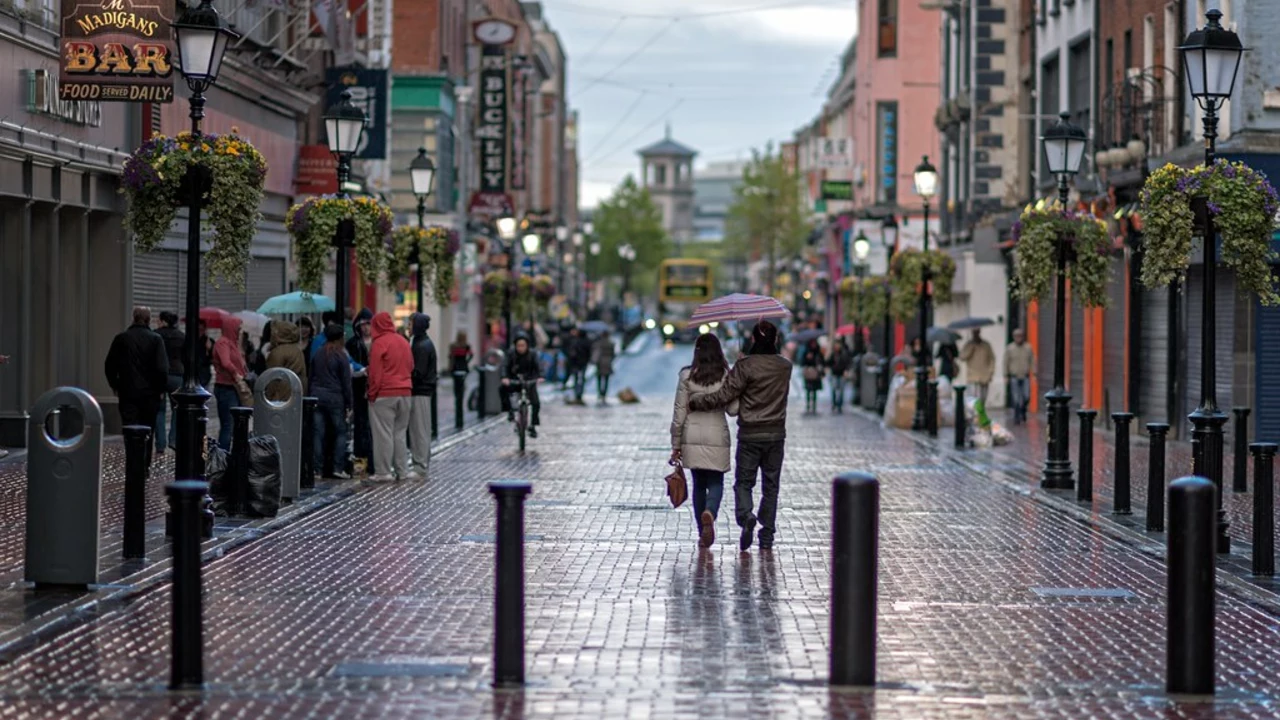Travel Safety: How to Protect Yourself on Every Trip
Ever wonder why some trips feel completely hassle‑free while others leave you on edge? The difference is often simple: a bit of planning and smart habits. Below are real‑world steps you can take before you leave, during your stay, and even after you get back, so you can focus on the fun, not the fear.
Before You Go: Research and Prep
Start with a quick Google search of your destination’s safety rating. Look for recent news, local customs, and any travel advisories. Knowing the basics—like whether it’s safe to walk after dark or which neighborhoods to avoid—saves you from getting caught off guard. Next, copy your passport, insurance card, and emergency contacts onto a secure cloud folder. That way, even if your wallet goes missing, you have a digital backup.
Health prep is another must. Check if you need vaccinations or specific medicines, and pack a small first‑aid kit with pain relievers, band‑aids, and any prescription drugs. A compact hand sanitizer keeps germs at bay when soap isn’t handy, and a reusable water bottle with a filter can prevent stomach issues in places where tap water isn’t reliable.
On the Ground: Staying Secure Every Day
When you land, keep your belongings close. A money belt or hidden pouch under your shirt works better than an open backpack. If you’re using a hotel safe, store only the essentials—passport, extra cash, and any valuables you can’t leave behind.
Transportation can be a risk zone. Choose licensed taxis or reputable ride‑share apps, and verify the car’s plate before you get in. If you rent a bike or scooter, wear a helmet and follow local traffic rules. Walking is great for exploring, but stay on well‑lit streets and avoid wearing flashy jewelry that might attract unwanted attention.
Blend in where you can. Dress modestly according to local norms, and keep headphones low so you stay aware of your surroundings. If you’re heading to a crowded market, plan a meeting spot in case you get separated from your group. A simple phrase in the local language—like “Where is the police station?”—can be a lifesaver.
Digital safety matters too. Turn off Bluetooth and Wi‑Fi when you’re not using them to stop strangers from accessing your device. Use a VPN if you need to connect to public Wi‑Fi for banking or personal emails. And don’t share your travel itinerary on social media until you’re back home; posting in real time can alert thieves that you’re away.
Finally, trust your gut. If a situation feels off, walk away or find a nearby shop or café. Most locals and fellow travelers can point you to a safer alternative if you ask politely.
When it’s time to head home, double‑check that you have all your documents, chargers, and any souvenirs you bought. A quick scan of your travel insurance policy can remind you of what’s covered, from lost luggage to medical emergencies.
By following these straightforward steps, you turn safety from a scary unknown into a routine part of your travel plan. So pack your bags, grab your passport, and set off with confidence—you’ve got the tools to stay safe and enjoy every moment of your adventure.
